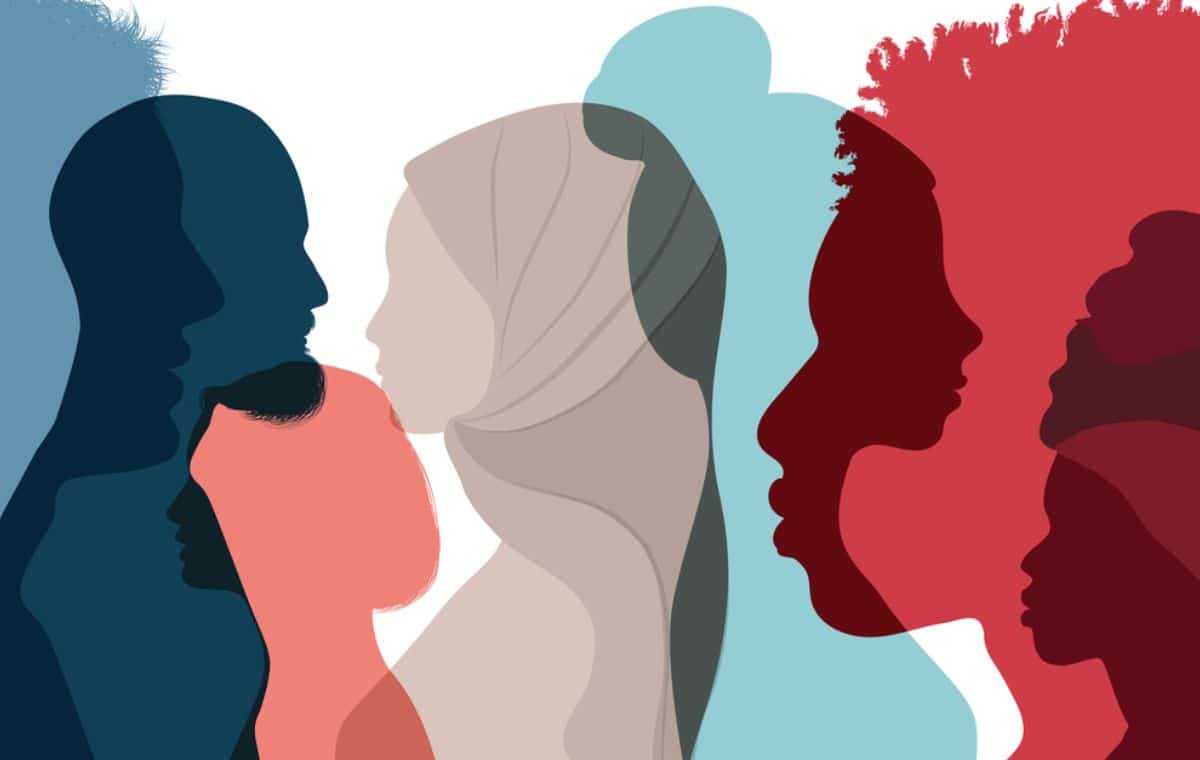Diversity recruitment in clinical trials is an important issue for the pharmaceutical industry. Recent changes in government policies have made it easier to include historically underrepresented groups in trials. The FDA and Pharmaceutical Research Manufacturers of America have updated their policies to ensure that diverse groups are included in clinical trials. In addition, studies funded by pharmaceutical companies and the NIH should make diversity a priority.
Barriers to Participation
Patients often face multiple barriers to participation in clinical trials. These barriers may include mistrust of the research process, perceived harms, and cost. Other barriers include the patient’s geographic location, age, gender, and family situation. These barriers can affect the patient’s decision to participate in a clinical trial and can ultimately reduce the likelihood of success.
Cultural factors may also be a barrier to trial enrollment. Studies conducted in the U.S. have identified specific language barriers for certain migrant communities, including the South Asian community and Mexican American community. These barriers affect minority participants’ understanding of clinical research, and they impact different communities differently.
Other barriers to participation in clinical trials include perceived harms, costs, and the time commitment involved. Patients may also be hesitant to participate in trials because they do not know what the benefits of participating will be. However, it is important to note that these factors may also serve as motivators. For example, monetary and health incentives may be used to encourage participation in clinical trials. However, barriers to participation in clinical trials indicate a need for improvement. Barriers to participation in clinical trials should be addressed in order to increase the odds of success.
Educating patients about the trial is an essential first step in increasing the likelihood of their participation. Education and awareness are two of the biggest barriers to patient recruitment, but if the trial is well-publicized and patients understand the terms and conditions, they will be more likely to enroll in the trial. In addition, patient-centered education about the trial and word-of-mouth from healthcare providers may also increase their willingness to participate.
Another major barrier to clinical trials is low income. Patients with higher socioeconomic status tend to participate more often in clinical trials. The post-COVID recession is expected to make financial barriers even more challenging. People are afraid of asking for time off work, and they are concerned about finding a new job. Additionally, there are other costs involved, such as time away from work and family care.
Another important factor affecting clinical trials is location. People living in rural areas may be unable to travel to a city for a trial. These factors can limit patient participation in a clinical trial, which may lead to more adverse clinical outcomes. A recent study of 843 clinical trial sites found that accessibility and cost of transportation could improve recruitment efforts and increase the chance of a trial’s success.
Restrictive clinical trial eligibility criteria are another common barrier to participation. These criteria are important to ensure the safety of the trial participants. The American Society of Clinical Oncology has recommended that trial eligibility criteria be updated. The authors’ study found that approximately 22% of the population in the United States is excluded from participating in clinical trials.
Benefits
In a clinical trial, a diverse population of patients can help improve trial outcomes. The diversity of participants in the trial allows researchers to better understand different patient subgroups and understand the different factors that affect the safety and efficacy of a medication. These factors include geography, age, race, and disease state.
Increased diversity in clinical trials can help create a virtuous cycle that benefits both the research community and patients. Patients participating in inclusive clinical trials tend to have higher levels of engagement and retention in the studies. This, in turn, improves the scientific and financial robustness of the study. In order to achieve these goals, partnerships between clinical research centers and industry are crucial.
Increasing diversity in clinical trials also helps increase the number of participants. Despite the costs associated with recruiting diverse populations, studies that extend beyond traditional demographics can boost the number of potential trial participants. An example of this is the COVID-19 pandemic, which has raised health literacy and increased public awareness of clinical trials. In addition, partnerships with new care providers can expand the patient pool for trials.
A new study by the Tufts CSDD examines the relationship between diversity in investigative sites and diversity in study participants. To conduct this study, the CSDD worked with an international professional association, biopharmaceutical companies, and contract research organizations. These organizations worked together to support the development of two extensive online global surveys. These surveys were reviewed by Tufts’ IRB and the university’s General Data Protection Regulation expert.
Diversity in clinical trials is increasingly important in the development of new products. More diverse patients help improve the accuracy of results. In the United States, for example, the FDA conducts half of its trials among patients from 1% or less of the population. These low participation rates may be due to unequal access to care.
Diversity in clinical trials is crucial to better understanding and developing new treatments for diseases like AD. There are many reasons why the inclusion of people of different races, ethnicities, and age groups is important. Researchers need to understand the impact of each population’s disease on a disease’s medical outcomes. Additionally, studies that involve patients with different disabilities are more likely to yield useful treatment data.
One of the major factors that affect clinical trial participation is the cost. If the number of participants is too low, the results of the trial could be inconsistent or even inaccurate. Ultimately, an underpowered study would end up halting the development of a new drug. Additionally, it would waste both the investigator’s time and the patients’ money. Therefore, the goal of a clinical trial is to recruit a sufficient number of patients. The patient population must be diverse in age, race, and sexual orientation.
A study published by the American Society for Clinical Research found that diverse participants in clinical trials had higher patient enrollment rates. As a result, more patients with a disease might benefit from clinical trials. This study also identified barriers that impede minority participation.
Importance
The American Society of Clinical Oncology and the Association of Community Cancer Centers have both issued calls to increase diversity and equity in clinical trials. It is important to diversify research participation in order to create meaningful medical studies that will lead to more effective treatments and safe products. Moreover, this can accelerate the approval of promising therapies. Many treatments are available only in clinical trials, and patients receiving them receive special care and close supervision from doctors.
While clinical trials have come a long way in eliminating exploitation and improving inclusivity, it is still vital to create a representative patient population. This will ensure that the study’s findings are applicable to a diverse patient population, and it will also contribute to the generalizability of trial results. Additionally, the inclusion of diverse populations will help to reduce social inequality in the healthcare system. To this end, it is important for clinical trial sponsors to be vigilant about removing barriers to participation and encouraging the early engagement of patient populations. Promoting trust and communication between patients and trial sponsors will also help to make trials more inclusive.
Although the United States is a highly diverse country, clinical trial diversity is low. While white and Asian-American patients make up a majority of the population, people of other races and ethnic groups comprise only 2% to 16% of clinical trial participants. In addition to ethnic and racial diversity, geographic location and age also play important roles in the effectiveness of drugs. A diverse patient population helps researchers develop drugs that target specific patient groups.
Diversity in clinical trials is also essential for improving the understanding of new treatments and diseases. The inclusion of diverse populations in trials will increase the confidence of the public in new treatments and increase their access to high-quality health care. Additionally, the involvement of diverse people in clinical trials will improve public perceptions of new treatments, which will ultimately improve health equity.







































